GUIDELINES FOR DOSING WITH MEDICAL CANNABIS - ROUTES OF ADMINISTRATION
Photo credit: Cresco Labs
The process of any therapy is best guided by a medical doctor or health care professional with the acumen, proper training and experience. These days, medical marijuana is increasingly recommended and often substituted for prescription drugs that have serious side-effects and addictive properties. In some cases, such as epilepsy and other neurological, no other medicine provides a good quality of life solution.
Cannabis medicines are now commonly used in conjunction with other medicines to control pain, inflammation, anxiety and other symptoms.
The general public and many medical doctors still don't know that cannabis based medicines (CBM) can be delivered effectively to patients in virtually every way. Asthmatics, for example, can now inhale cannabis medicine with a vape, which of course, is a kind of vaporizer. In fact, smoking a joint may soon be the least common method of dose medical marijuana.
Routes of administration for Cannabis based medicines are:
- Inhalation
- Oral
- Topical
- Sublingual
- Injection
MEDICAL CANNABIS - RATIONAL GUIDELINES FOR DOSING
Summary - How to maximize medicating effects and minimize undesirable effects. - Donald Abrams, MD, Professor of Clinical Medicine at the University of California, et al.- 2004.

This drug dosing construct is not unique to cannabis. A patient-determined, self dosing model is recommended. This self-titration model is acceptable given the variables affecting administration as well as the low toxicity of cannabis. Many other drugs have relatively low toxicity and high dosing ceilings (gabapentin being one notable example) and are commonly titrated (adjust the amount of medicine) effectively.
Inhalation; an experienced cannabis smoker can titrate and regulate dose to obtain the desired acute (medicating) effects and minimize the undesirable effects. Each puff delivers a discrete dose of cannabinoids to the body. Puff and inhalation volume changes with phase of smoking, tending to be highest at the beginning and lowest at the end of smoking a cigarette.
Comment: A vape is recommended to all medical marijuana users preferring the inhalation route.
Oral ingestion of THC or cannabis has quite different pharmacokinetics than inhalation. The onset of action is delayed and titration of dosing is more difficult.
"In a two day study, on one occasion, she was given a mixture of intravenous THC + CBD and on the other day a female patient was administered pure THC. With the CBD mix she was euphoric, coherent and happy. In contrast with the pure THC, she was paranoid, couldn’t form thoughts, couldn’t remember things, and was extremely mentally uncomfortable with how she was feeling." - The Beckley Foundation
420EVALUATIONSONLINE Medical Notes: These days THC alone is not recommended for most patients. Rather CBD:THC in a 1:1 ratio for THC tolerant individuals appears to provide far superior medical benefits to most patients while psychoactivity responses tend to be overwhelmingly better at reducing anxiety, enhancing the feeling of well being with minimal feelings of psychosis. Also non psychoactive medicines containing CBD and little THC are becoming particularly popular in the treatment of children, elderly, epileptics and hard-to-treat patients.
Table source
INHALATION - SMOKING
Examples: Joints, inhaler, vapes, pipes, flame, dabb.

Traditionally dried cannabis flowers (buds) or leaves are smoked. Concentrated oily marijuana Hash and kief are also used throughout the modern and ancient world. Inhaled medications are generally absorbed very quickly, and act both locally and systemically in a few minutes, Correct technique using inhalation devices is necessary to control the dose amount. Some medications can have an unpleasant taste or cause irritation in the mouth.
Inhalation delivers the medicine drugs to the nervous system and brain with little dilution by the circulatory system. Inhalation of psychoactive substance may cause addiction in certain individuals. Even so, marijuana ranks lowest in addictive properties, much lower than alcohol, cocaine, heroin, nicotine or even caffeine.
- Advantages: Easy, fast.
- Disadvantages: odor on breath and after-taste with some methods/medicines.
- Dose range: THC and/or CBD - 2-100 mg / day.
- Recommended Practice: Using vapes with the right concentrate (medicine) will afford superior benefits without appreciable odor or aftertaste.
- Effects: Begins in a few minutes and lasts about two hours plus or minus.
Dosage: Start with 2 mg, Inhale fully but naturally; you don't need to hold the smoke/vapor in your lungs …and exhale in a relaxed way. Wait a few minutes. and take another 2mg "hit" if your symptoms are still present. As you learn about your response, more medicine can be used right away, and then add on from there.
Preheat the vaporizer to the temperature recommended by the manufacturer. Insert a measured amount of dried (cured) cannabis flower or extract into a vaporizer. Press the on button and then simply inhale. The cannabis is heated to a temperature below combustion but still hot enough to release the active ingredients: the cannabinoids and terpenes. Vaporizers are now available in a wide array of shapes and sizes, from exotic units to pocket/purse pens. Note that Vapes are more efficient than smoking a joint, they're safer and you'll be saving a lot of money in the long run. Vapor can be so clean that the user sometimes thinks they never "got anything:. Rookies can be easily fooled into over-medicating and should wait 10 minutes before dosing again.
For most patients, the effects of smoking dried cannabis are felt almost immediately, but soon begin to diminish. Depending on the individual patient, and the cannabinoid content and potency of the cannabis strain, effects wear off almost completely within 90 minutes to 4 hours.
I DON'T WANT TO SMELL LIKE A POTHEAD
Will smoking or vaping make me smell like a pothead? The answer, yes, BUT only if you smoke joints in massive quantity. These days, most patients use a vape with good cannabis product that produces negligible odors. Marijuana smoke may be harmful to lungs but only in large, abusive - non-medical type amounts. In moderate use, one or two joints per day, the effects on the lungs appears to be negligible or are even therapeutic.
"After exercise-induced bronchospasm, placebo marijuana and saline were followed by gradual recovery during 30 to 60 min, whereas 2.0 per cent marijuana and isoproterenol caused an immediate reversal of exercise-induced asthma and hyperinflation." -
PubMed
CAFFEINE MORE ADDICTIVE THAN POT - RODENT STUDY
"One difference between caffeine and THC, however, is that caffeine more reliably produces abuse-related effects in preclinical rodent models." - Dr. Lazenka,THC Researcher
Medical Marijuana Dispensary - Fully Stocked
SAFETY - LAB TESTED MARIJUANA IS THE BEST WAY TO GO
There is little point in medicating and poisoning oneself at the same time. Mold, pesticides and residual solvents are serious contaminants too often found in random testing. When using any kind of cannabis medicine, products should be free of residual solvents (used to extract medical ingredients), pesticides, herbicides, heavy metals, mold, fungus and other toxic components.
The cannabinoid profile should be measured using liquid chromatography (LC) to see that the THC, CBD and other cannabinoids are present in the appropriate therapeutic quantity.
Overdosing is a possibility with both THC and CBD but are low-risk as compared to most other medications. The beauty of cannabis based medicines is that their toxicity and side effects are much lower than your standard pharmaceutical preparation. THC overdose can famously result in temporary psychosis and scares the living hell out of the victim. CBD is well-tolerated in humans and overdose is very uncommon. Side-effects are limited to minor complaints.
"Several studies suggest that CBD is non-toxic in non-transformed cells and does not induce changes on food intake, does not induce catalepsy, does not affect physiological parameters (heart rate, blood pressure and body temperature), does not affect gastrointestinal transit and does not alter psychomotor or psychological functions. Also, chronic use and high doses up to 1,500 mg/day of CBD are reportedly well tolerated in humans."
PubMed
ORAL AND EDIBLE MEDICAL CANNABIS - RECOMMENDED
Examples: Edibles using cooking oils & butter, capsules. alcoholic beverages.

Advantages: Easy to take, long lasting, soothing and smooth. Raw cannabis contains THC-A,a non-psychoactive but medicinal form of THC.
Baking converts THC-A into psychoactive THC (d9). So raw and baked can deliver non-psychoactive or psychoactive effects respectively.
Disadvantages: Bitter, unpleasant taste for some palates. THC overdose is possible so start small when using THC high products.
Dose range: 2 - 100 mg
Side Effects: Eating too much medical cannabis (high in THC) can cause extreme drowsiness, dizziness, inability to concentrate, diminished ability to focus, rapid heartbeat, increases or decreases in blood pressure, need for sleep, and feelings of euphoria. Balanced forms with equal quantities of THC:CBD or CBD alone are recommended for THC intolerant individuals.
"Dr. William Courtney, a juicing guru of fame, recommends ingesting fifteen leaves and a couple of big buds daily."
The oral route is generally the most convenient and cheapest of drug delivery systems. In the majority of cases, medical marijuana tends to sooth and balance the intestinal tract, particularly the large intestine, were inflammation can be dramatically reduced as seen in many documented cases of Crohn's. However, drugs, including marijuana can cause gastrointestinal tract irritation in some. Medication that comes in tablets or capsules form tends to be delivered more rapidly than edibles such as brownies - where absorption is time-released.
"Juicing raw cannabis is the Crohn’s Disease health cure that Kristen claims saved her life. Diagnosed at 16 with juvenile rheumatoid arthritis, the illness quickly turned into an auto immune disorder that left her bedridden for four years. Finally, the teen and her mother began to look for alternative treatments. Kristen began juicing raw cannabis, and after a month she claims her pain stopped and her recovery began. She is now an advocate for medical marijuana treatment for fellow sufferers." - Kristen Courtney
Cannabis is usually infused into butter and oil that is substituted into a great variety of recipes . Edibles take 20 minutes to an hour to take effect while inhalation takes only a few minutes. Doses can be difficult to judge because absorption rates vary depending on the individual and medicine. The condition of the digestive tract and the pre-intake of other foods and beverages also affect absorption, release and effect.
The easiest way to control an edible dose is to take a known amount of THC and or CBD on a relatively empty stomach, perhaps with afternoon tea or before breakfast. Another way is to munch a little bit, and then wait an hour and gauge the effect before eating more. Through trial and effect, the correct, comfortable dosage can be established.
Many patients with cancer, aids, chronic pain, nervous system disorders often find that oral administration provides greater relaxation and calming cerebral effects than any other method. Oral cannabis meds are particularly popular for those with medical conditions that interfere with a good night's sleep, Again, it is the type of cannabis, rate of delivery and dose that are the main factors in the result.
Many patients new to medical marijuana are looking for a solution. They were often taking several to a half dozen or more types of different meds and not getting the results; the quality of life they wanted. The reason they turned to cannabis in the first place was because the cocktail was not as effective as they'd like and / or, the side effects became too much to handle.
Cannabis tinctures have been around forever. Tinctures allow medication without any psychoactive effects. Before prohibition in the 1930's US Pharmacopeia listed tinctures as a preferred form of application. Marijuana infused whiskey was also a popular choice as some people would imagine. Today low-dose ethanol cannabis tinctures are readily available in states with legalized medical marijuana.
MANAGING ORAL DOSES
- Start with ¼ of the producer's recommended “dose”of the herbal medicine.
- Wait an hour and observe/analyze the effects - with a licensed health care professional if possible.
- Consume another ¼ dose if required, wait another hour, analyze effects.
- Consume the remainder of the dose, if required.
- Analyze results the next day and discuss optimal dosage with your health care professional.
Types of edibles: Smoothies, juice, baked goods, sauces, teas, soda, whiskey, tinctures, energy bars, yummy bears, nut mixes, ice cream, crackers, popcorn, the list goes on.
TOPICAL APPLICATION - RECOMMENDED
Examples: Creams, lotions, oils and patches.
Advantages: Topical medicines act mostly at the site of harm, high levels of patient satisfaction, easy to use, slow but long lasting effect, non-invasive, non-psychoactive.
By delivering drugs almost directly to the site of action, the risk of systemic side effects is minimized. However, skin irritation can result in a minority of patients.
Disadvantages: slow absorption. The dose of some forms such as creams or lotions, the dosage is difficult to control.
Dose range: 10 to 200 mg.
"CBD oil helps with the healing process and inflammation, stuff like that. So you want to get these for before and after the fights, training. It’ll make your life a better place." - Mixed Martial Artist - Nate Diaz
Topical herbal medicines are applied directly to the skin or muscles. Topicals include lotions, salves, balms, sprays, oils, and creams. Patient testimonials suggest that they are tremendously effective for skin conditions like psoriasis, joint diseases like rheumatoid arthritis, migraines, restless leg syndrome, spasms, common muscle stress and soreness. Unlike inhalation and oral routes , topicals are 100% non-psychoactive- you could bathe in them and never get stoned.
PATCHES - TRANSDERMAL APPLICATION
Cannabinoids like THC and CBD are fat and alcohol soluble. Formulations containing cannabinoids, like THC and CBD or other cannabinoids pass from the patch through the skin into the blood.
While patches are relatively rare right now, this route of administration might become the most popular and effective choice of all. Just slap on a patch and go. Some medication tends to be relaxing and other types invigorating. People with chronic conditions that require constant medication to maintain their quality of life can start their day with a "day patch" and finish off with a "night patch", counting their blessings all the while.
How to use: Just apply the patch to a clean, dry and probably hairless skin surface. Popular places to apply a patch are the inner-wrist area, top of foot or ankle. This method is readily accepted by patients that do not want to inhale cannabis medicine.
MEDICAL MARIJUANA SUPPOSITORIES - HEAVY DUTY THERAPY
The use of cannabis medicines delivered via suppositories is uncommon but it may become an an especially effective route to treat certain difficult to treat conditions, like cancer and organ insults.
Advantages: Efficient, fast and long lasting, may be particularly effective for liver, pancreas and internal organ injury resulting from cancer and other causes.
Cons: Inconvenient to administer "on the road". Refrigeration of medication is required. Hemorrhoid sufferers suffer.
Dosage: Suppositories come in various sizes, 1 or 2 grams usually with varying amounts of active ingredient and type. Bum pills can be cut in half to reduce dose.
"There is a “watershed” of veins in the rectum. Collectively they are called the rectal or hemorrhoidal plexus. The majority of the venous flow ( after absorbing cannabinoids ) goes by way of the superior rectal vein into the portal vein, while the inferior veins flow into the vena cava. The portal vein collects most all venous return from the pancreas to the rectum with all the nutrients and enzymes for digestion) where the blood goes on to the liver for what is called first-pass metabolism. The majority of the THC is converted to 11-OH-THC, a similarly psychoactive molecule. The vena cava on the other hand goes back to the heart and general circulation before it more slowly reaches the liver for metabolism. " - Jeff Hergenrather MD
HOW TO USE
Patients insert a small cone-shaped waxy ball of cannabis meds into their rectum, where it is absorbed via the lower colon into the blood . This method is perhaps controversial and less palatable than other ways to medicate, but some patients thank god for it. It is really not difficult, just put on some gloves, lie on your side, and insert the suppository about 2 inches into the anus . Squeeze sphincter muscles and don't move for a few minutes. Then you're good to go. There are also syringe deliverable suppository medicines too. Whatever floats your boat.
SUBLINGUAL
Examples: Essential Oils and Tinctures.
Advantages: Easy, fast, effective. easy to control the dose, prefered route for children.
Disadvantages: Hard to get the right medicine, often expensive.
Dose range: 1 to 100 mg.
Sublingual means drug administration through the tissue under the tongue. Some patients find that either oral or sublingual delivery is the best choice for their conditions. Many medicines are designed for sublingual administration, including cardiovascular drugs, steroids, barbiturates, opioids with poor gastrointestinal bioavailability, enzymes, vitamins and minerals.
A cannabis tincture is a highly concentrated form of marijuana dissolved in alcohol (ethanol), glycerin or MCT oil such as coconut. Dosage must be carefully monitored, it takes only a few drops to achieve a therapeutic effect. Patients start with a few drops sprayed or squirted under the tongue. Users monitor the effect and take another few drops, if required. In the beginning stages, the process, of course, should be done at home and be directed by a licensed health care professional. Tinctures can also be mixed with beverages l but the potency and effect is more unpredictable than simple under the tongue administration.
INJECTION - NOT GENERALLY RECOMMENDED
Examples: Hypodermic needle, IV drip.
Advantages: Fast, potent medication for extreme cases.
Disadvantages: Inconvenient, expensive, can require assistance, pain.
Dose range:2 to 100 mg.
Injections can be intravenous (IV), intramuscular (IM), and subcutaneous (SC). Injections meds take effect rapidly - in 15–30 seconds for IV, 10–20 minutes for IM, and 15–30 minutes for SC. Medication is more or less 100% bioavailable. Cannabis is used for AIDS/HIV, Cancer, chronic pain sufferers and anti-inflammatory conditions to improve feelings of well being, overcome anxiety,reduce inflammation, improve appetite and manage pain. People already on IV can conveniently use Cannabis based medicines by simplifying the appropriate concentrate to their drip. Of course this procedure must be approved and done by a licensed health care professional.
"After being diagnosed with cancer, Beverly Hills celebrity Cheryl Shuman began taking a cocktail of medications and up to 27 morphine tablets a day in a bid to overcome the disease. However, after learning about cannabis oil, Cheryl started to treat herself. She says the treatment cured her in 90 days and remains in remission to this day." -
Cheryl Shuman
DABBING - NOT RECOMMENDED
Dabbing is a crude and rude but somewhat effective way to medicate with cannabis concentrates such as hash oil, budder, shatter, wax, etc. Dabbing devices vary but basically the medicine is placed on metal and heated to a very high temperature, perhaps with a butane torch and the vapor is inhaled. This method is not recommended because compounds created at a high temperature can be carcinogenic and expensive medicine can volatilize and wasted. Vaping is the superior technique in every way.
FURTHER READING
DISCLAIMER: The information provided here is for informational purposes only. Before taking any action, patients should contact a licensed healthcare professional with experience in therapy using medical cannabis.



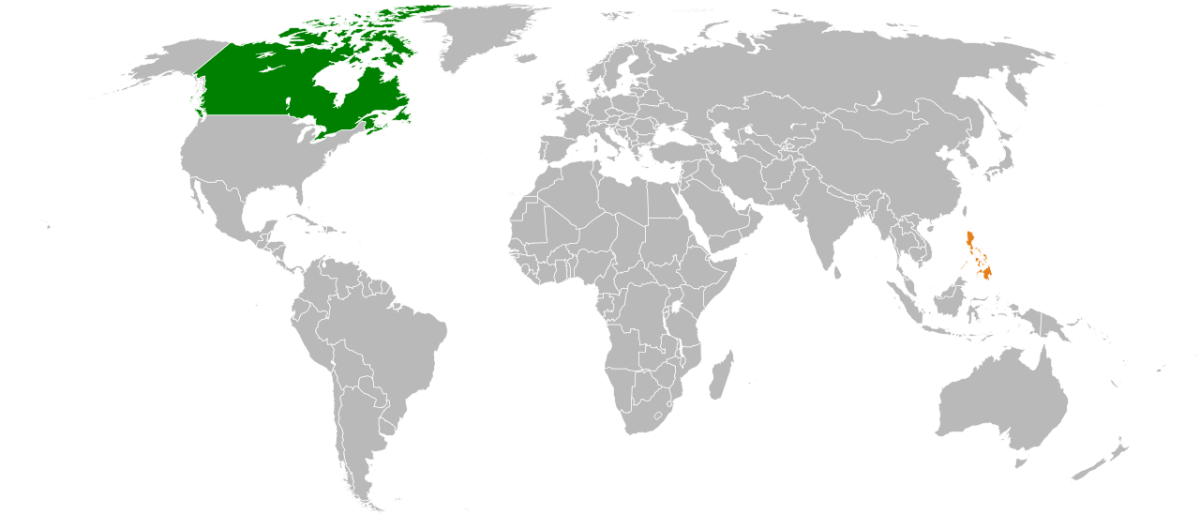
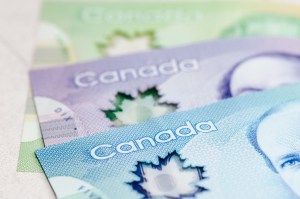









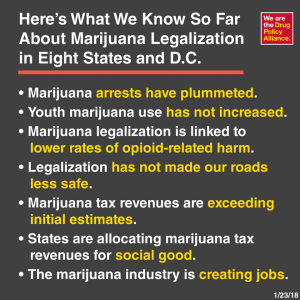




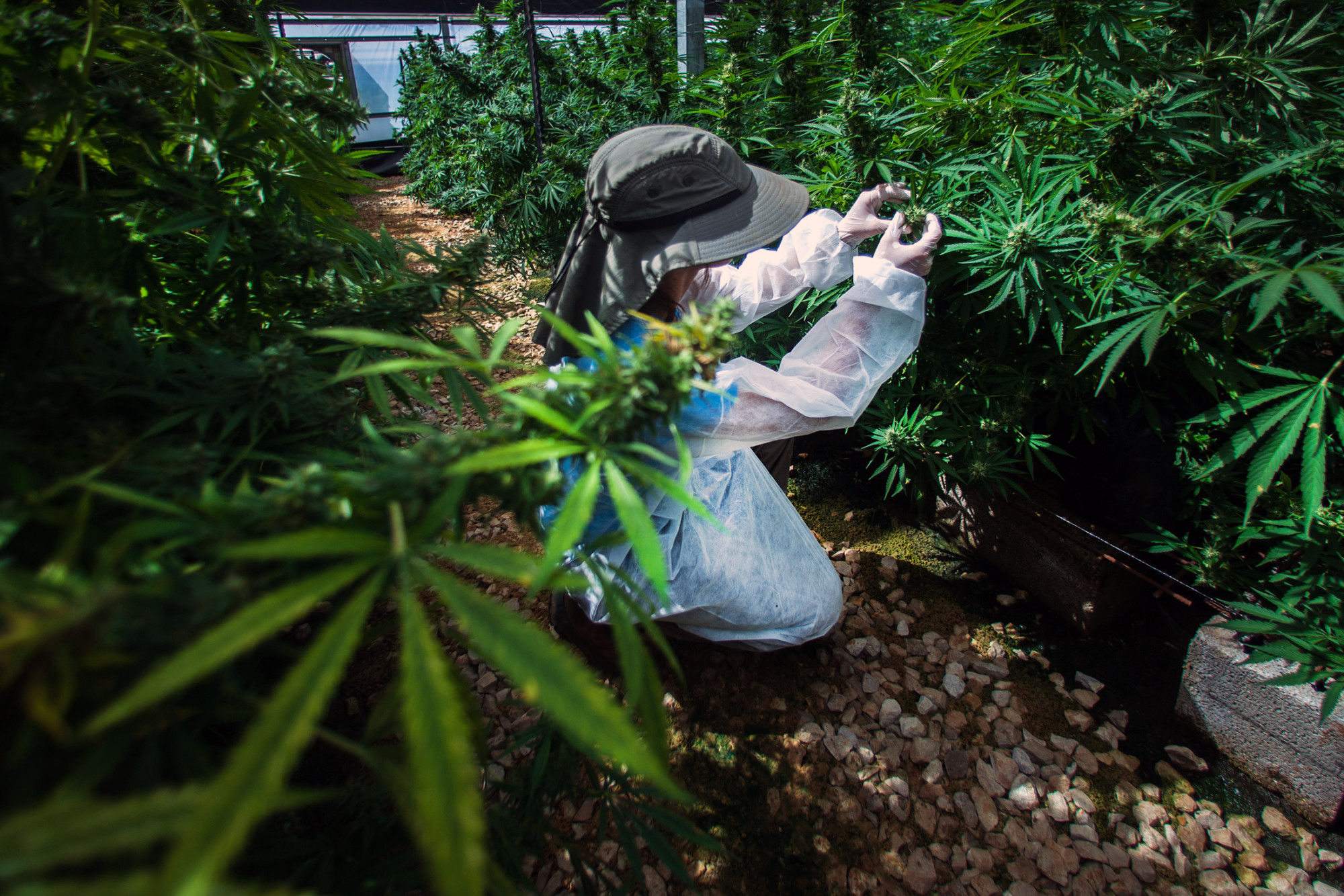
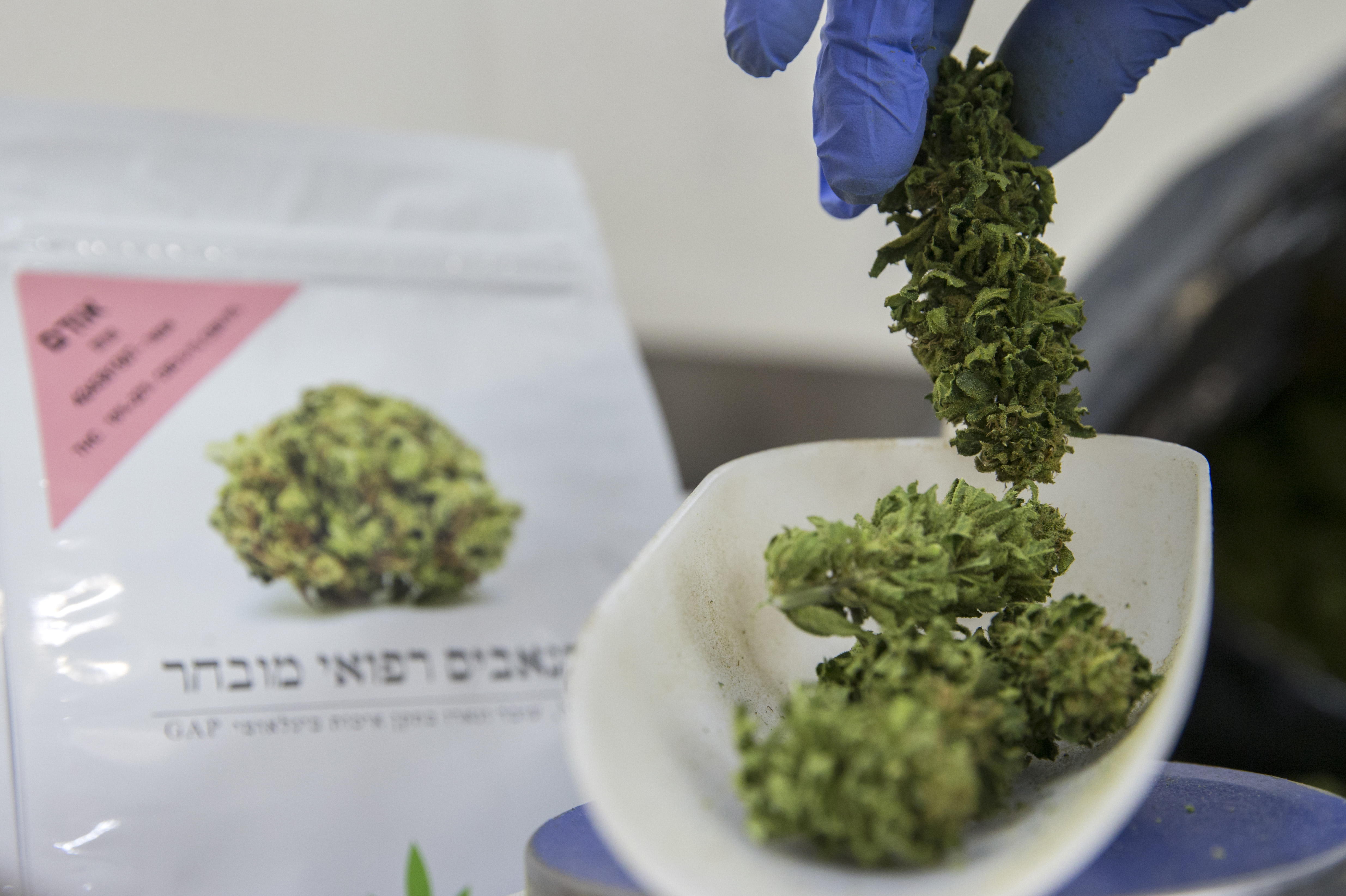
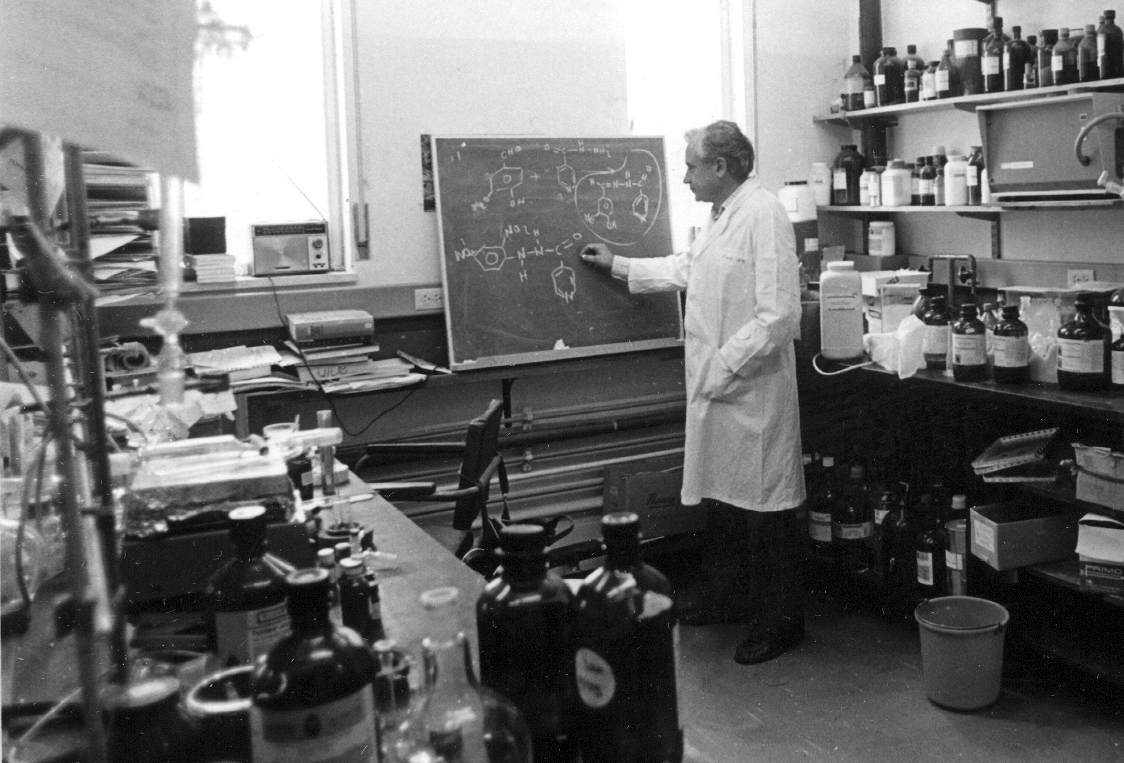
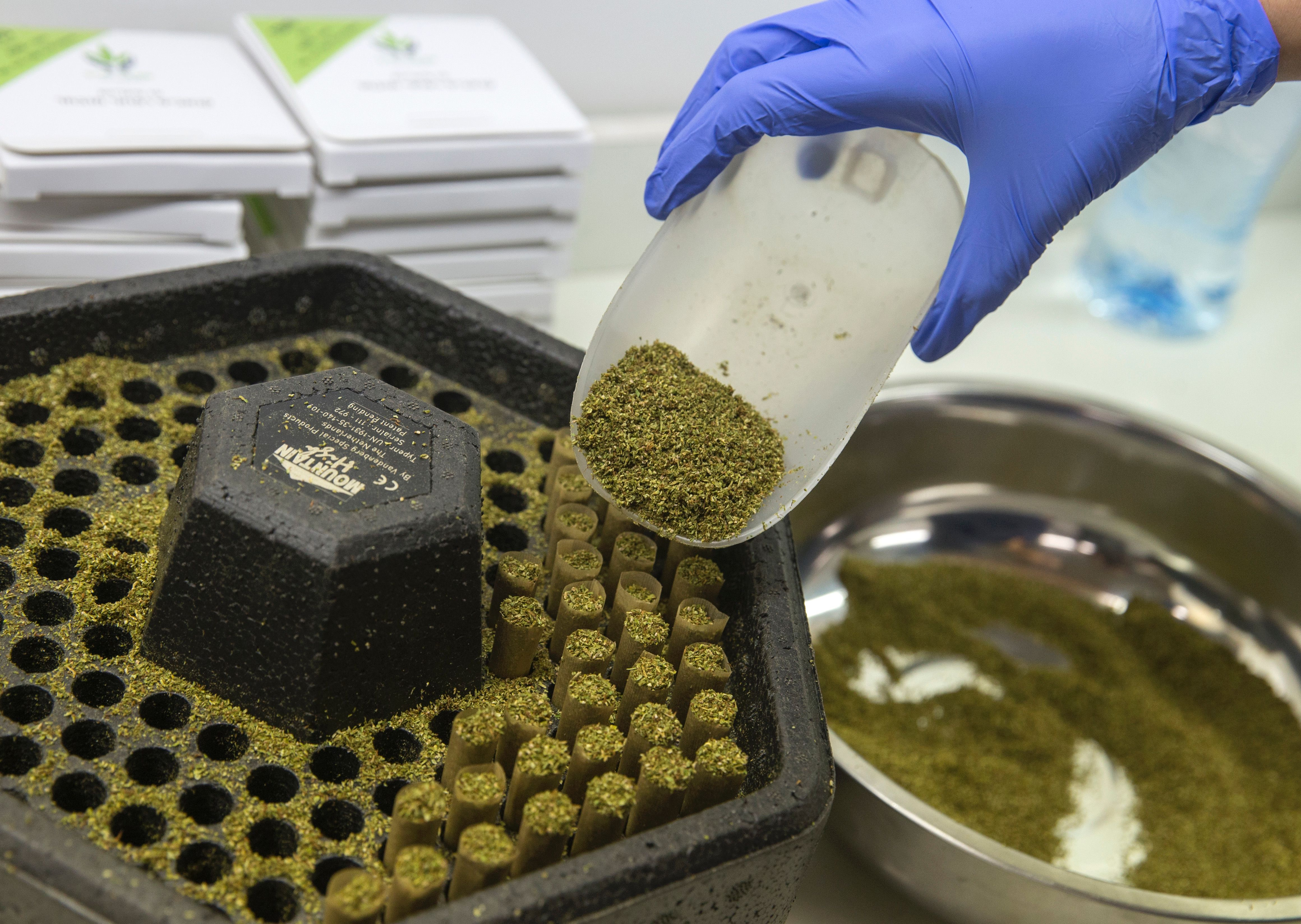







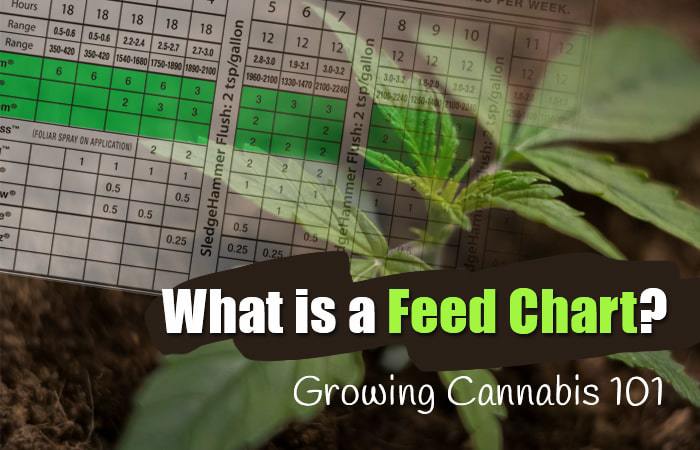
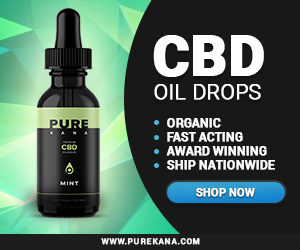

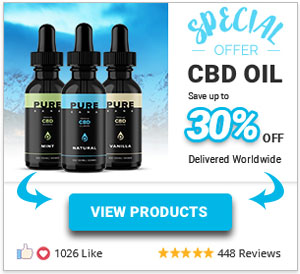
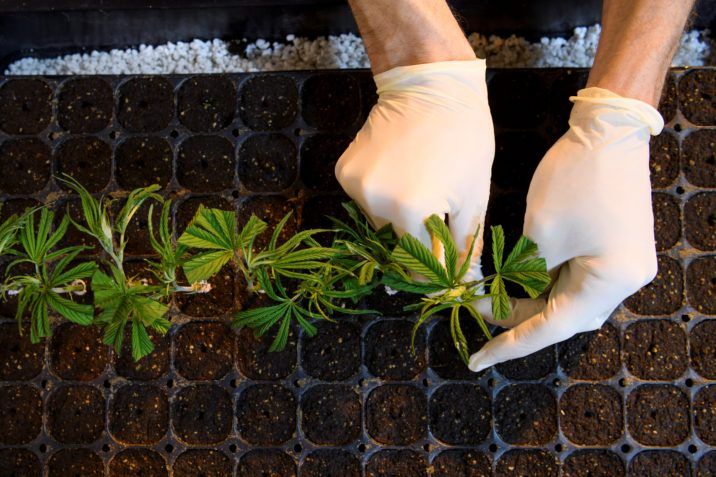





































































 hahahahahaha!!! - Adrienne Harris ·
hahahahahaha!!! - Adrienne Harris ·






















